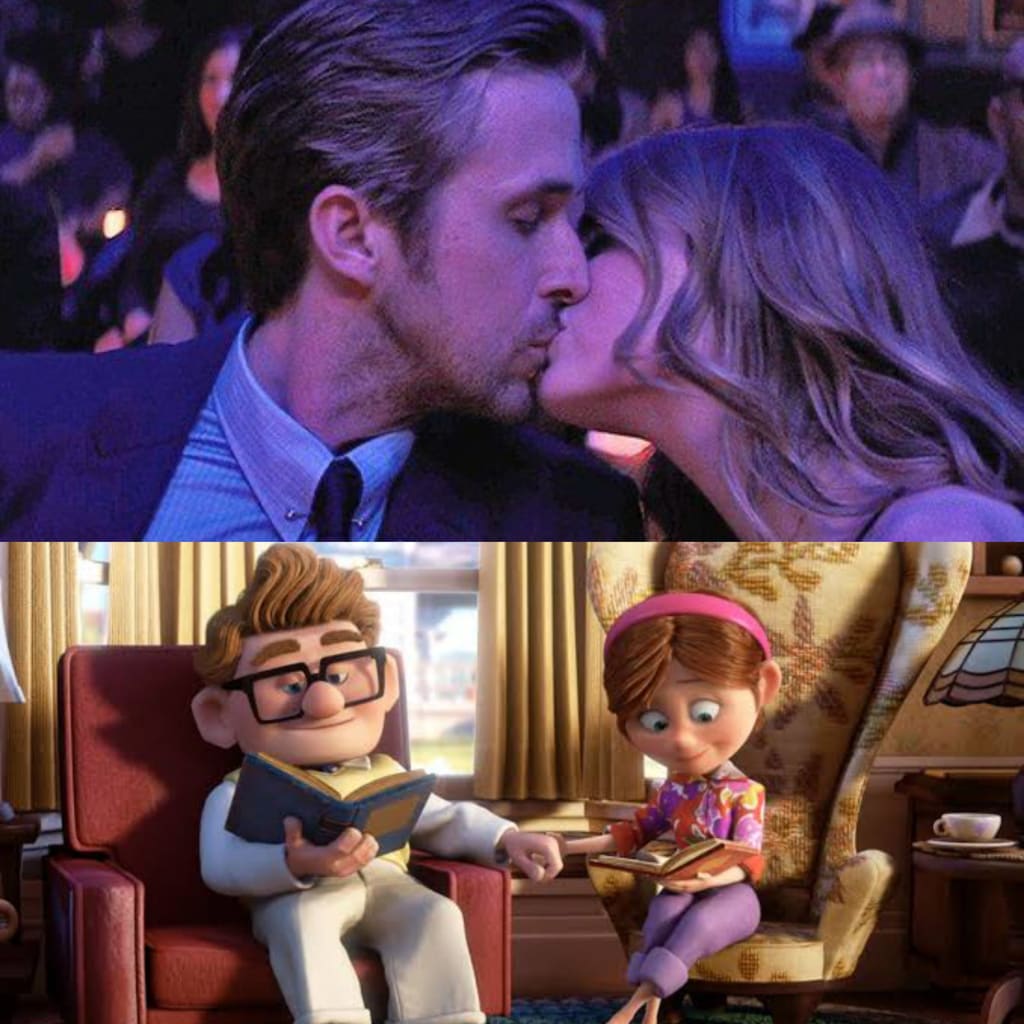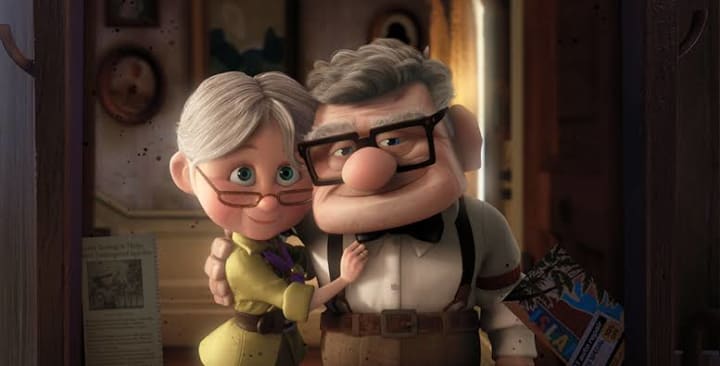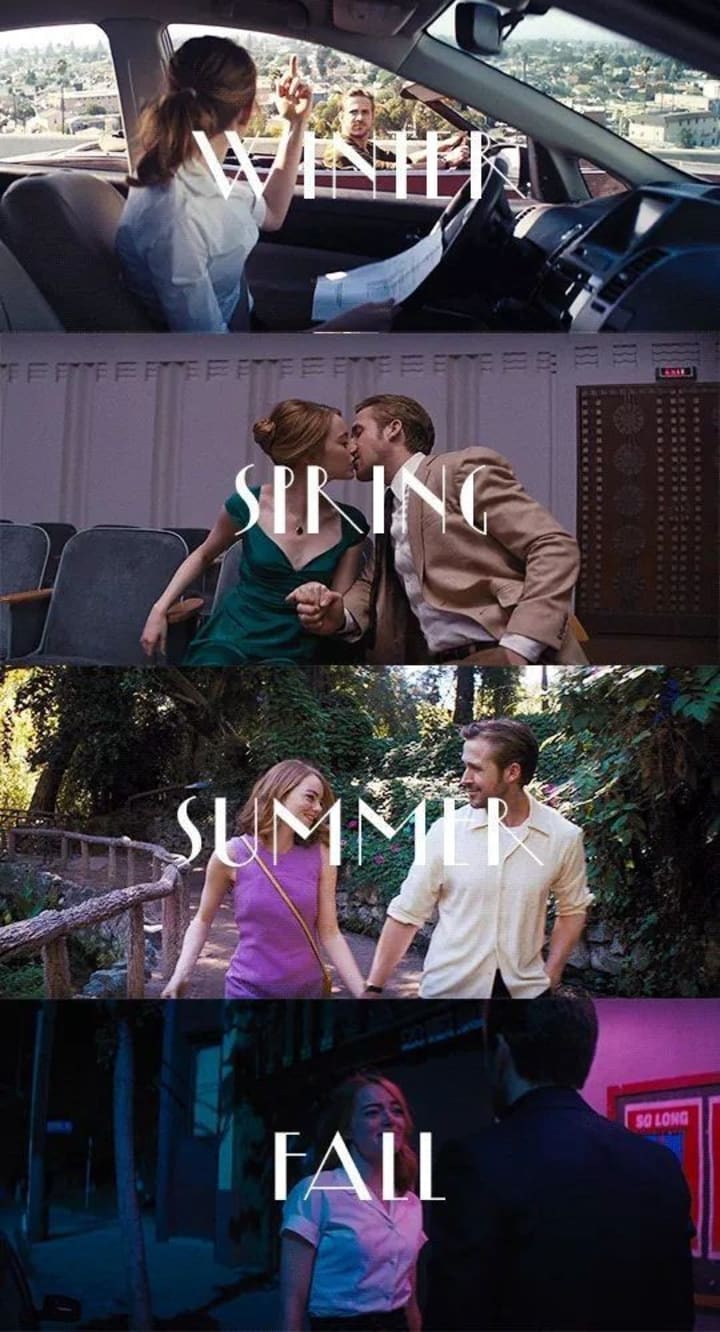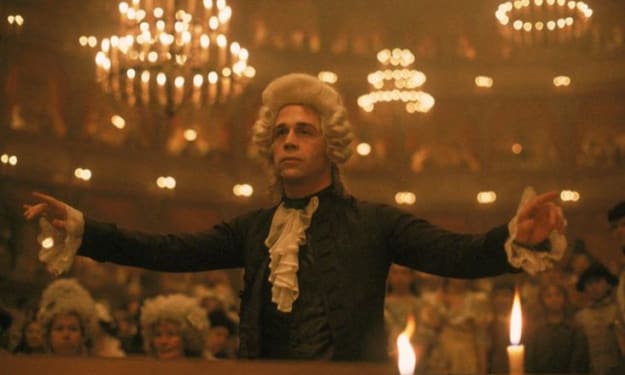
The adage "show, don't tell" is one of the most well-known writing strategies in storytelling. It essentially emphasizes how a screenwriter gives the audience information and subtext rather than trying to convey it through exposition.
It's the granddaddy of all the adages in screenwriting, and also maybe the most important one.
Show, Don't Tell" Definition
This is a technique used by writers that allow the audience to experience the story via action in conjunction with their own thoughts and feelings rather than through exposition, dialogue, or voiceover.
Following are the examples:
1. 'Up' (2009)
This beloved Pixar hit is undoubtedly one of the most treasured animated motion pictures ever, and for a good reason. Up is a touching 2009 movie written by Pete Docter and Bob Peterson
The introduction montage of Up, which showcases the usage of "show, don't tell" perfectly, is assuredly one of the film's biggest assets: "The first part of the movie 'Up'. No words said, but perfectly lays out a story and makes you connect emotionally"
It is, without a doubt, one of the most moving film sequences of the past 20 years. “It’s the heart of the movie,” says director of photography (lighting) Patrick Lin.
Originally, the montage had dialogue. But according to Docter, storyboard artist Ronnie del Carmen suggested that they should let composer Michael Giacchino’s piece, “Married Life,” do the talking. “Being [a] fan of silent films, I kept pushing to see how much we could take out, and discovered that it seemed like the less we had the more emotional it felt,” Docter says. “No dialogue, no sound effects—just music and visuals. It’s pretty tight. Every shot is a setup for elements we use later in the film.”

"It's not a question of if this montage will make me cry, no matter how many times I see UP, but rather when. I gave in approximately in a minute when I watched it again for this piece."
2. La la land (2016)
In la la land's ending emotions hit me like a sack of potatoes. The afterglow of jumbled ideas, irrational emotions, and utter awe of masterful cinematic narrative rushed over me.
The ending scene of la la land is an epitome of 'Show don't tell'.
Mia and Sebastian part ways and unintendedly meet after five years when fate intertwines their paths once more.
The meeting of their gaze reignites another certain dream within the two of them(a movie within a movie): The dream plays out in a good ten-minute epilogue, replaying the entire film as if this “alternate” reality were indeed the “true” one. (Yes, that moment when Seb kisses Mia in the replay instead of shrugging her away as had originally happened in their first encounter, broke my heart in anticipation of what was coming.) And when the replay finishes, we find Mia and Seb back from their reverie, smiling at each other for one last time.
A hint of a tear in both... And, ever so subtly, for just a fleeting second, Mia smiles. It's the kind of smile you could miss if you blinked -- but it's enough to signal to Sebastian that she recognized the melody he played, and that she still remembers it, and still thinks of it to this day... Then she walks out the door.
If you dive deep in, you'd notice the colors.
As the Epilogue’s final notes hang in the air, Seb’s club is dimly lit by only three colors: red, yellow, and blue(most prominent colors throughout the movie Each color has its own meaning to it. Whenever one color comes in the other is always missing; indicating that there was always something they had to sacrifice with their relationship, be it their creative drive, the possibility for change, or the promise of living the dream as each color represents something). In that last scene for once La La Land gives Sebastian and Mia a balance. In hindsight, it was just always making it clear that it was something they could never have found with each other.
No dialogues exchange yet all the emotions were expressed (Damian chazelle, thank you for this scene).

Moreover, a small detail on how they use season to describe their love "They were cold during the winter, they blossomed in the spring, they shined like the sun in the summertime, and finally withered in autumn like leaves falling from the trees."
These examples show how, when used by a master of their craft, can create something truly cinematic. Having no dialogue can be just as effective today as it was in the beginning. This is all of the artists or the tribe most of Wall-E the opening - there will be blood or 2001 a Space Odyssey, the chilling showdown in the Silence of the Lambs, the finale from the good the bad and the ugly - the musical, boot scene and before sunrise great filmmakers can convey so much without even a single word being spoken to show how effective visual storytelling can be.
....................
I truly appreciate that you took the time to read my article. Kindest thanks!
Your support helps to fuel me to write more. You are welcome to heart/comment/subscribe/tip/give shout-outs/share on social media because it truly warms my heart. Thank you, Have a great day!
About the Creator
k eleanor
Writer focused on film, media, fandom, music, comic, and all things geeky. Here you'll find Breakdowns, Analysis, Easter Eggs of Movies and series. Every universe comes together at this place. So just sit back, relax and enjoy the ride.
Reader insights
Outstanding
Excellent work. Looking forward to reading more!
Top insights
Easy to read and follow
Well-structured & engaging content
Eye opening
Niche topic & fresh perspectives
Masterful proofreading
Zero grammar & spelling mistakes
On-point and relevant
Writing reflected the title & theme






Comments (13)
Up is a classic! Love this!
Good examples 😁 the last paragraph could have been spun out to another piece, or two! 😁
Nice article! Show don’t tell is a rule I have to keep learning over and over
This was an exemplary piece which has granted me more insight into my quiet goal of writing a screenplay. Learning to balance the understood, rather implied versus the blatant detail is something I have trouble with. Thank you for giving me a bit of direction! ( P.S. I need much more, SOS) Well done, ROCK.
Many of my favourite films in your last paragraph!☺️ K, this is beautifully and affectionately written about technicalities of film, but how they make way for a more memorable and emotional experience for audiences. I loved this piece and the way you talk about film. Kudos! 😊👏
Yes, let the story paint its own picture, the cardinal rule for a successful novel, movie, story. Great film examples, I just adore Up.
Wow! The videos are great! Show don't tell!! I so enjoyed your story!😊💕❤️
Great article and inspirational illustrations. Painting word pictures without being purple prose is a delicate balance. Thank you ☺️
Thank you for this. Both scenes were very effective. I was definitely wowed and learned a thing or three about how to execute it better within my own projects. Thanks again for sharing!
Great
informative article that would be valuable to anyone interested in learning more about storytelling.....
Up will always have my heart! Still haven't recovered after that opening of the movie 💘😅
I've not watched La La Land but I've watched UP. Funny how I didn't notice that that portion had no dialogue. It goes to show how well they did it, to the point I didn't even realise the absence of dialogues! This blew my mind now!